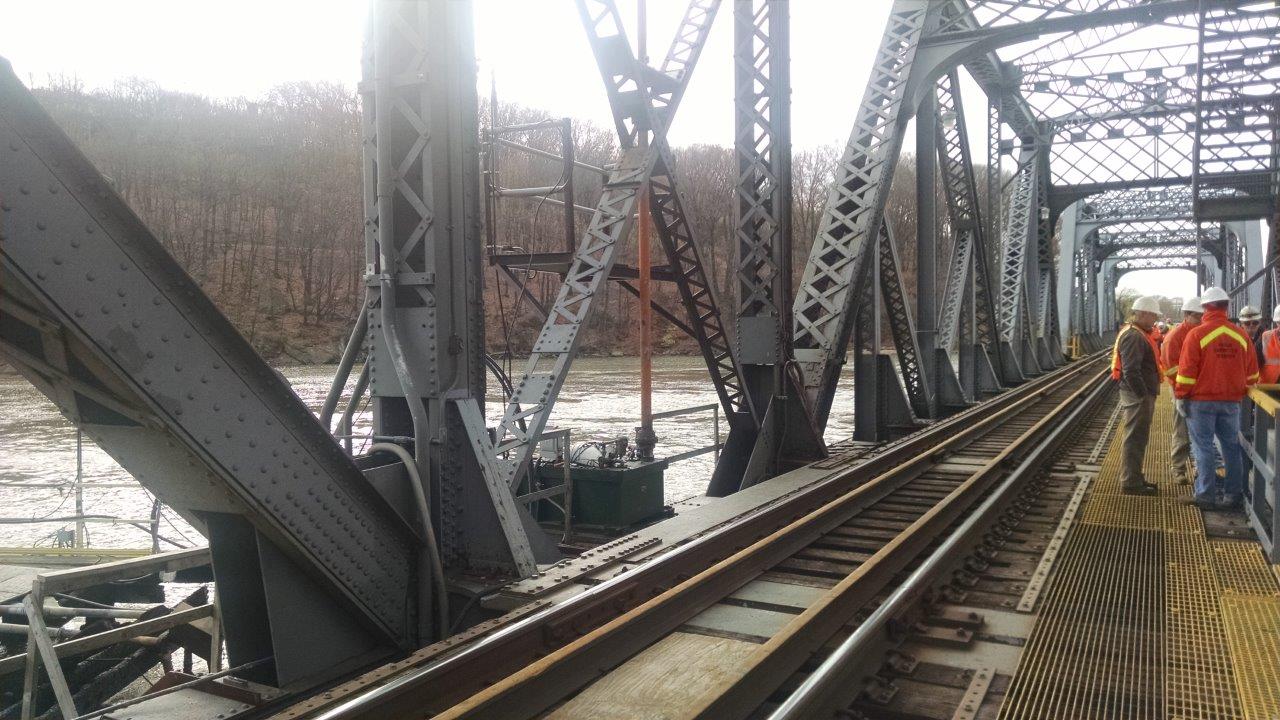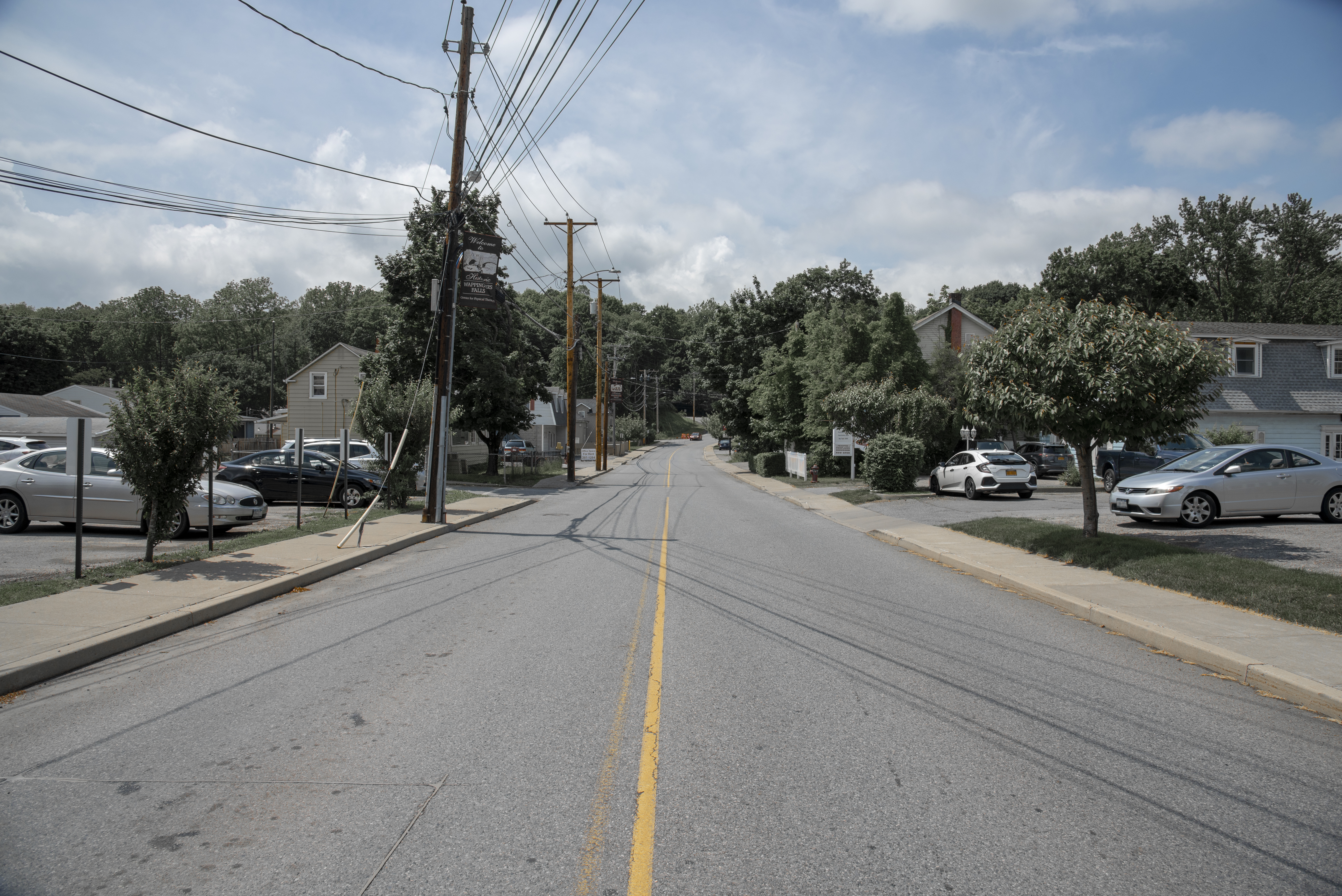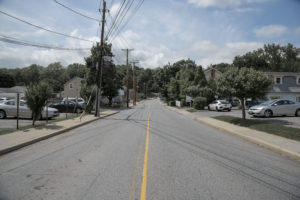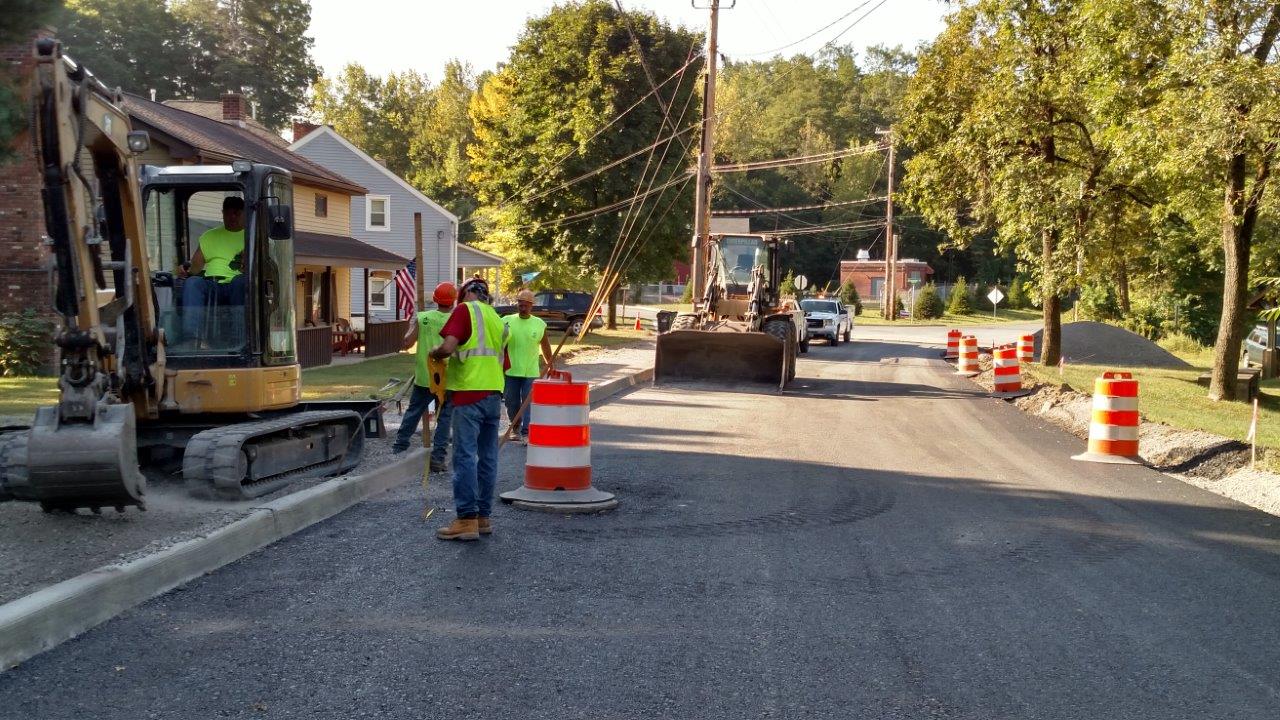Public transit is a staple of our nation that continues to grow yearly, although it remains neglected and radically underfunded.
American transit systems carry billions of people a year via trains, commuter buses, ridesharing services, and more. These systems mainly provide transportation in urban areas, but are vital in many rural areas across the county.
In the past few years, we’ve seen major train derailments, non-passengers killed in transit-related accidents, and damaged infrastructure as a result of natural disaster. The resilience of outdated, unreliable infrastructure is tested day by day.
For full functionality of national transit systems, we need not only transit vehicles, but sufficient infrastructure like traffic signals, train tracks, and roadways to successfully carry and guide these vehicles. However, with lack of funding, years of deferred maintenance, and aging infrastructure, our public transit systems continue to suffer.
At KC Engineering and Land Surveying, P.C. (KC), our civil engineering services include roadway and highway design, traffic engineering, lighting design, and other services to maintain and improve transit operations.
With projects like Gowanus Expressway Intelligent Transportation System (ITS) and Emergency Repairs, Greenkill Avenue Bridge Replacement, and Route 9D Pedestrian Improvements, KC has provided construction inspection for replacement of bridge and mounting tube railings, design assessment for rehabilitation of railroad bridges, and traffic calming and street lighting design.








